UP 96.5% FROM 10 DAYS AGO
On September 11, the Ho Chi Minh City Department of Health held a meeting to discuss the situation of pink eye. According to the Department's report, from the beginning of 2023 to September 5, there were 71,740 medical examinations and treatments for conjunctivitis (pink eye), an increase of 21.9% over the same period in 2022 (58,853 cases). Of these, there were more than 1,011 cases of pink eye with complications, accounting for 1.41% (in the same period in 2022, there were 892 cases of complications, accounting for 1.52%). Common complications of pink eye include: keratitis, corneal ulcers, corneal scars, secondary infections, impaired vision, etc.
The number of children under 16 years old with pink eye in the first 8 months of 2023 was 23,873 cases, accounting for 33.3% (in the same period in 2022, there were 10,467 cases, accounting for 19.5%). Of which, there were 298 cases of complications, accounting for 1.65%.
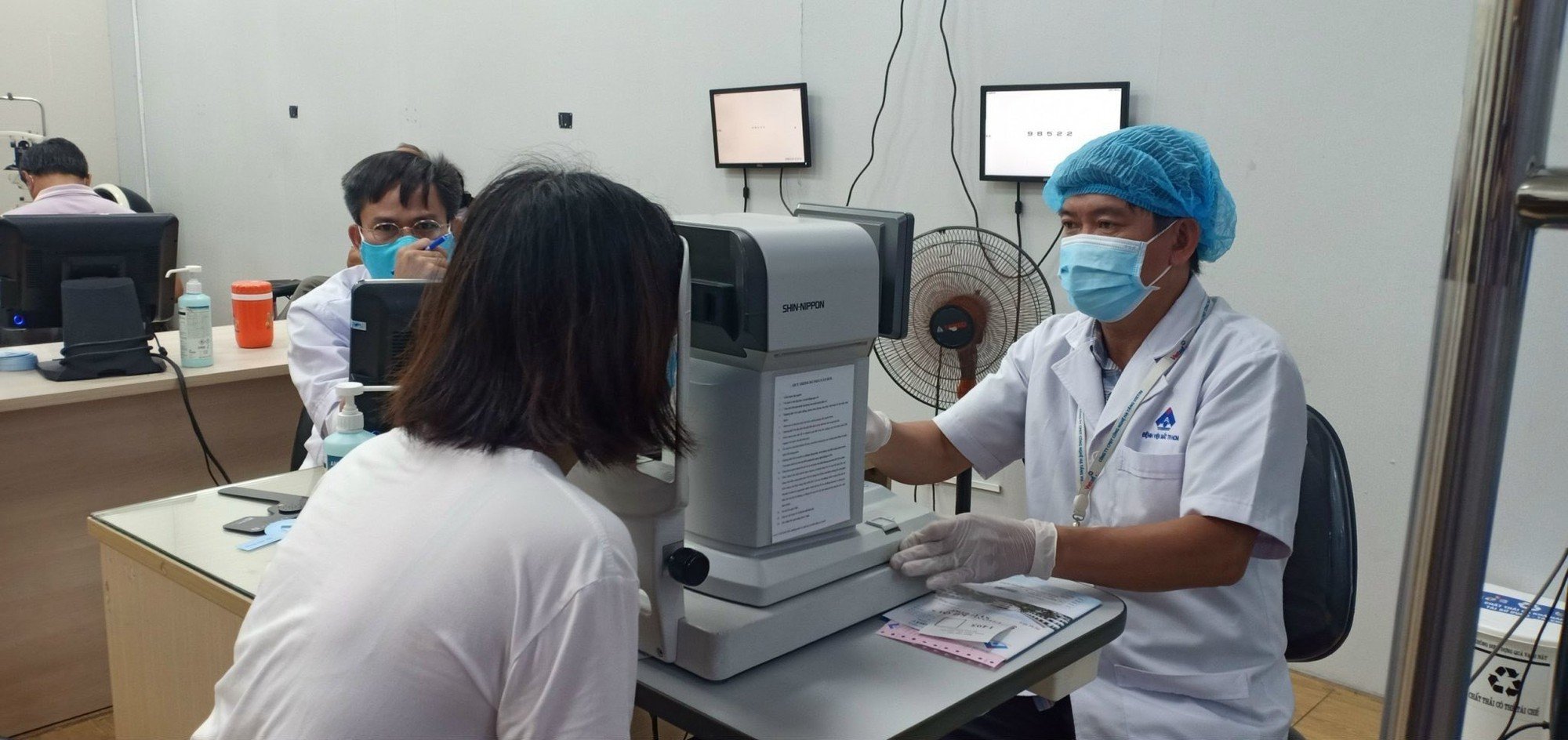
Patients with pink eye examined at Ho Chi Minh City Eye Hospital
From September 1 to 10 alone, the number of visits to hospitals in Ho Chi Minh City for treatment of pink eye was 5,039, an increase of 96.5% compared to the previous 10 days (August 21 to 31, there were 2,565 cases). Of these, 232 cases had complications (4.6%), an increase of 33% compared to the previous 10 days (174 cases). The number of children under 16 years old with pink eye in the past 10 days was 3,708 cases, accounting for 73.6%, an increase of 2.8 times compared to the previous 10 days; of which 116 cases had complications.
Faced with the increasing situation of pink eye, the emerging infectious diseases research team of the Hospital for Tropical Diseases - Oxford University Clinical Research Unit (OUCRU) in collaboration with the Ho Chi Minh City Eye Hospital and the Ho Chi Minh City Center for Disease Control (HCDC) conducted a rapid survey to find the cause of the disease among patients who came to the Ho Chi Minh City Eye Hospital for pink eye on September 7. Samples were taken from 39 patients with pink eye, of which 37 samples were found to be caused by enterovirus and adenovirus. These are the two main causes of pink eye in Ho Chi Minh City today. Enterovirus is dominant with 86% (32 samples), adenovirus accounts for 14% (5 samples). The research team continues to analyze gene decoding to accurately identify the serotype and genotype of the enterovirus and adenovirus causing the disease.
UNDERSTANDING THE ROUTE OF DISEASE TRANSMISSION
Regarding the information that "pink eye disease caused by enterovirus can spread through water, so if the quality of drinking water is not good, the whole family can get sick", the Department of Health affirmed that this information is completely incorrect.
According to experts from the Ho Chi Minh City Eye Hospital and current scientific documents in the world, pink eye is often caused by viral agents (adeno, entero, coxsackie ...), transmitted by direct contact with tears and eye secretions carrying the virus from the patient. The belief that the disease is spread through drinking water is completely incorrect.
Regarding the information that "enterovirus conjunctivitis is usually milder than adenovirus conjunctivitis and is less likely to cause large epidemics than adenovirus conjunctivitis", the Department of Health also confirmed that this information lacks scientific basis. Because enteroviruses that cause conjunctivitis can still cause severe symptoms but are usually acute, unlike adenoviruses that can cause chronic keratitis.
Enteroviruses have been recorded to cause conjunctivitis outbreaks in many countries around the world . According to documents published by the World Health Organization (WHO) in 1973, enterovirus type 70 caused pandemics in African countries (Algeria, Ghana, Morocco, Nigeria, Tunisia), Asia (Cambodia, China, India, Indonesia, Japan, Malaysia, Philippines, Singapore, Thailand) and the UK during the period 1969 - 1971. Recently, in 2014, this group of viruses caused hemorrhagic conjunctivitis in Thailand with more than 300,000 cases of infection within 3 months.
K OPTOMETRICIAN RECOMMENDATION
Regarding eye drops used for pink eye, patients can use saline (0.9% sodium chloride) or distilled water to wash their eyes. Eye drops containing antibiotics are prescribed by doctors in cases with signs of suspected bacterial infection (pain, decreased vision, photophobia, etc.), to prevent infection after removing the pseudomembrane. Currently, there are many types of eye drops containing antibiotics on the market, not just one type.
According to the Department of Health, there are many different types of antibiotic eye drops available, all of which can be used to treat pink eye. Currently, the supply of antibiotic eye drops on the market is very large and there is no possibility of a shortage of the drug.
According to the recommendations of ophthalmologists, people with pink eye should absolutely not use eye drops containing corticosteroids on their own. Using eye drops containing corticosteroids on their own not only has no effect but also causes more serious damage, prolongs the duration and spread of the disease, and increases the risk of infection.
How to prevent infection?
Associate Professor, Dr. Le Xuan Cung, Head of the Cornea Department - Central Eye Hospital (Hanoi), noted: Acute conjunctivitis when the inflammatory reaction is strong, the eyelids swell a lot and inflammatory exudation on the surface of the conjunctiva forms a pseudomembrane (a white membrane attached to the conjunctiva). The pseudomembrane makes the inflammatory reaction worse and prevents the medicine from penetrating the conjunctiva. Therefore, when a pseudomembrane appears, it must be removed. The pseudomembrane can recur, so it must be removed many times until it is completely gone.
According to the Central Eye Hospital, acute conjunctivitis, if diagnosed and treated promptly, will be cured without leaving any sequelae. However, in many cases, despite being detected and treated promptly, the disease still causes complications of keratitis, even corneal ulcers (the black part of the eyeball). This is a serious complication and often occurs in people with weak resistance (the elderly, children), people who do not comply with treatment well, and severe cases of acute conjunctivitis (swelling of the eyelids, pseudomembranes). Therefore, patients with pink eye need to comply with the treatment of a specialist.
Associate Professor, Dr. Le Xuan Cung noted that conjunctivitis is transmitted through secretions from the eyes of sick people or secretions from the respiratory tract that infect the eyes of healthy people. When sick people rub their eyes, secretions containing pathogens will infect their hands and spread to others through shared objects. The virus that causes acute conjunctivitis is present in respiratory secretions and when sick people speak, cough or sneeze, saliva containing the virus will be sprayed out and infect other people's eyes, this is the main route of transmission in the community.
According to the Department of Preventive Medicine (Ministry of Health), sick children should stay home from school; do not take them to school or crowded places while they are sick. When children have eye pain, one eye will usually be affected first, parents and family members need to take good care of the child to avoid infecting the other eye. Let the child lie on one side, put eye drops in the eye, then use a medical gauze to immediately wipe away the discharge, oozing and tears (do the same for adults). Adults should avoid hugging children when they are sick, and should sleep separately.
Before and after cleaning eyes or using eye drops, wash hands thoroughly with soap or antiseptic solution.
Lien Chau
Source link


![[Photo] Prime Minister Pham Minh Chinh chairs meeting on science and technology development](https://vphoto.vietnam.vn/thumb/1200x675/vietnam/resource/IMAGE/2025/5/17/ae80dd74c384439789b12013c738a045)

![[Photo] National conference to disseminate and implement Resolution No. 66-NQ/TW and Resolution No. 68-NQ/TW of the Politburo](https://vphoto.vietnam.vn/thumb/1200x675/vietnam/resource/IMAGE/2025/5/18/adf666b9303a4213998b395b05234b6a)


![[Photo] More than 17,000 candidates participate in the 2025 SPT Competency Assessment Test of Hanoi National University of Education](https://vphoto.vietnam.vn/thumb/1200x675/vietnam/resource/IMAGE/2025/5/17/e538d9a1636c407cbb211b314e6303fd)


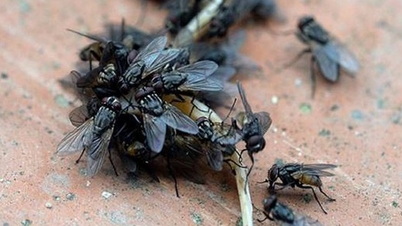

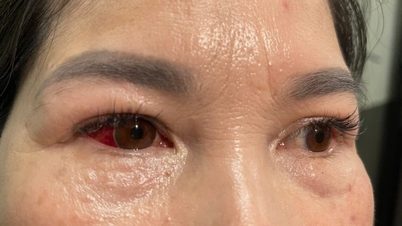

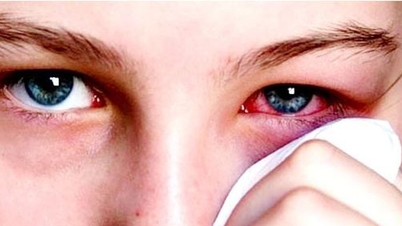


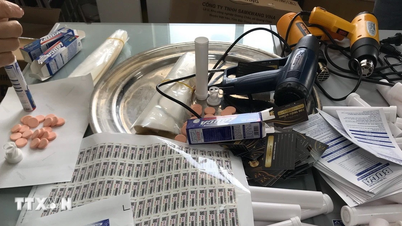

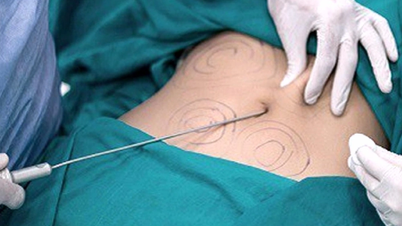

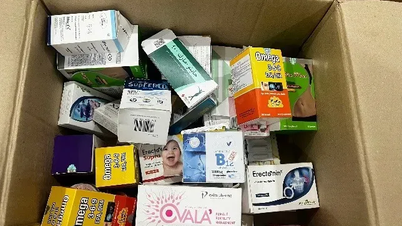









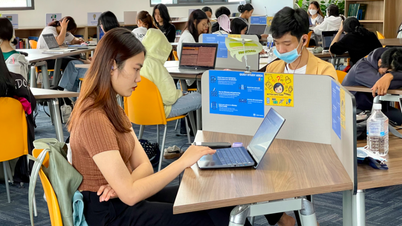




![[Photo] General Secretary To Lam visits exhibition of achievements in private economic development](https://vphoto.vietnam.vn/thumb/1200x675/vietnam/resource/IMAGE/2025/5/18/1809dc545f214a86911fe2d2d0fde2e8)




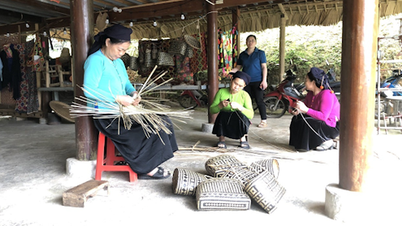




























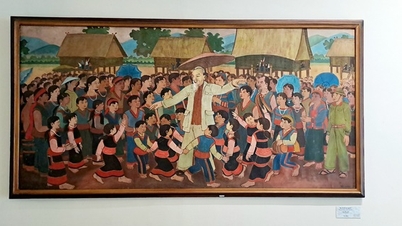












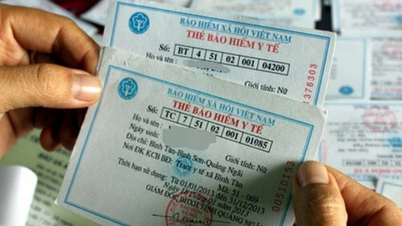















Comment (0)